 Sometime, somewhere, within the history of American education, it was decided that it was not good to write with the left hand. Writing this way was often punished.
Sometime, somewhere, within the history of American education, it was decided that it was not good to write with the left hand. Writing this way was often punished.
I learned of just such an example, in the most unusual of settings, and discovered that one woman’s intimidating childhood experiences were still sorrowfully remembered years later. When recounting her story, I am reminded of another group of students who currently face intimidation in school. These are the children who, for some reason, have been unable to learn to read.
 Knuckle Slaps at Six — Tears at Sixty
Knuckle Slaps at Six — Tears at Sixty
While raising my large group of children, I had a favorite spot to stop and shop. (Hmmm spot, stop, shop – sounds like a phonics lesson.) We referred to the place as “Pinto Beans”, because that’s what was painted on the large warehouse-type building. Inside were the owners, whose names I’ve forgotten. Basically, they were an aging Ma and Pop who limped endlessly across concrete floors, showing their newest bargains to hungry customers.
These two saints did more than their share in solving the problem of world hunger. It seemed to me that their primary customers were parents like me, dragging themselves into the warehouse with dangling stair-steppers following behind. You could buy bulk popcorn there, and pinto beans. Those were the lure, and the word popcorn was also painted across the green store front. They must have had some connection with restaurants, or grocery stores, but whatever it was, they would always offer great food items at prices large families could afford. Oftentimes, some treat would be thrown in, “just because”. Like a baker’s dozen.
 One afternoon I’d escaped, on my own, to Pinto Beans. Ma was working alone, and the shop was empty. So, we talked. She asked about my children, and I answered with stories about our homeschooling. For some reason, she shared a story with me about her own education. I don’t remember the whole conversation, but there was one comment she made which I have never forgotten, “I didn’t know why.”
One afternoon I’d escaped, on my own, to Pinto Beans. Ma was working alone, and the shop was empty. So, we talked. She asked about my children, and I answered with stories about our homeschooling. For some reason, she shared a story with me about her own education. I don’t remember the whole conversation, but there was one comment she made which I have never forgotten, “I didn’t know why.”
She had attended grade school during a time and place when it was believed that all children should use their right hands to write, and in some classrooms, using the left-hand was a punishable offence. She told me that she was never able to understand why the teachers were angry with her. She tried to write with the other hand, but it was not comfortable, so she would change back to the left side, sometimes without even being aware that she had done so. When her teacher caught her off guard, she would use a ruler to slap her knuckles — as a reminder. She was being reminded that she was bad. But she couldn’t understand why.
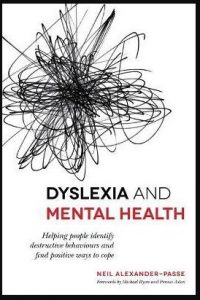 Her story is not unique, but I was struck by the heavy emotion that came with its telling. I vividly remember the tears welling up in her eyes, so much so that the story was over. She couldn’t continue talking about it. Since it was closing time, I left with her and discovered that she was walking home. I walked with her, hoping to change the subject, and leave her in a more positive state. When we reached her home, she invited me in. A new person was revealed during my visit there, and my admiration and respect for her grew that day.
Her story is not unique, but I was struck by the heavy emotion that came with its telling. I vividly remember the tears welling up in her eyes, so much so that the story was over. She couldn’t continue talking about it. Since it was closing time, I left with her and discovered that she was walking home. I walked with her, hoping to change the subject, and leave her in a more positive state. When we reached her home, she invited me in. A new person was revealed during my visit there, and my admiration and respect for her grew that day.
Imagine this sort of insensitive and sometimes cruel treatment within the rapidly growing community of illiterate students. Students, who seem to be fine at understanding other subject matter, don’t understand why they can’t read. Their experiences often culminate to mental health symptoms which become part of the diagnosis. They are no longer hindered only by their inability to read, but they are now victims of things like: anxiety, attention problems, low self-concept, and more. And it seems that those who flounder through ineffective reading programs for longer periods of time tend to suffer the most.
Today’s researchers, and psychologists are beginning to look at dyslexia as a conglomeration of symptoms, many of which are now being linked to mental health. Ma’s pain was resting just under the surface, and when she recalled the knuckle slapping, it erupted. It was as if the experience had happened only yesterday. Its impact was still residing in her soul.
Nature versus Nurture
Nature versus nurture is a phrase which is used when considering the source of an ailment. What caused it? Was it a result of how children were raised (nurturance), or were they born that way (nature)?
Dr. Neil Alexander-Passe, a great advocate for people facing mental health problems, as bi-products of dyslexia, asks the nature-nurture question in his book: Dyslexia and Mental Health: Helping people identify destructive behaviours and find positive ways to cope.
The book is a masterpiece of research with a reference list of nearly 500 peer-reviewed studies, showing the correlation between dyslexia and a long list of mental health symptoms. It addresses stress and anxiety, poor self-concept, shame, avoidance mechanisms, secrecy, learned helplessness and more. And in many instances, it seems that the nurturance side of the question takes precedence. The behaviors of parents, teachers, peers, and others may be causing an increasingly complicated list of symptoms.
Early 20th century teachers, by slapping left-handed wrists with rulers, may have created long-lasting sorrow. Tired and discouraged teachers, care-givers, and loved-ones may reveal their annoyance, even without intending to. They may simply sigh, or discontinue an in-place lesson, or even make some incidental comment. Competitive peers may be overheard whispering negative, or even insulting comments behind the backs of struggling students. Bullies, who are more bold and deliberate in their attacks, may cause irreversible harm. The compilation of negative and unsuccessful reading experiences may increase the likelihood of mental health problems.
One particular area of concern for Alexander-Passe is stigma. The word stigma originally defined a mark or a tattoo. It has been used to refer to the scar left by a hot iron, or a brand. Society often brands people with their disabilities.
 Defining the Problem – Not the Person
Defining the Problem – Not the Person
We may say: “He’s bi-polar.”; “She’s schizophrenic.”; or “They’re dyslexic.”
Wouldn’t it be better to say: “She has her ups and downs.”; “He gets a bit confused sometimes.”; or “They struggle with reading.”? Phrases like these, define the problems – not the people. They avoid the brands – the stigma. When we define a problem, we begin problem-solving. When we define people, we ostracize them.
Who is this author, Neil Alexander-Passe? What motivates him? He describes himself as a dyslexic. (I would rather say he struggles with dyslexia.) He spent years studying and writing about how to cope with the mental health outcomes, reported by many adults who have also been diagnosed with dyslexia. He once feared that when he had children, he would face the same dyslexia monster again, with them. So he prepared himself by studying the problem academically. Thankfully, the monster never appeared.
His children had no trouble learning to read. Yet his books, with their thorough investigation, interpretation, and reporting about dyslexia and mental health, are extremely beneficial. He has redefined the problem with a new, positive outlook. He has given us great resources which are useful and effective.
Dr. Alexander-Passe addresses dyslexia-related downfalls and encourages others to discover and reverse them, by transforming their attitudes and learning alternative, positive behaviors. Within his work, Alexander-Passe shares information about a master’s level psychologist who uses a similar approach – a counselor and teacher who creates resources for mental health practitioners — Pennie Aston.
Aston is another self-proclaimed dyslexic with a dyslexic family, whose work involves teaching other psychologists and counselors about this multi-dimensional view of dyslexia. Her website, www.groOops.org (retrieved March 16, 2022), opens to the words: “Dyslexia Aware Counselling, Coaching, Training and Support.
Her goal is to create and arm a workforce of counselors within our schools, homes, and communities. She starts the process by creating awareness and by teaching about the emotional outcomes of the dyslexia experience. Here is an example of her work, taken from a post on her LinkedIn page, The Emotional Repercussions of Dyslexia.
“The emotional side of coming to terms through the life course with all the elements of dyslexia is one of the most commonly missed areas. Teachers and parents are very good at noticing problems in their children with reading, writing, spelling and even math. What they can miss is the growing element of lack of motivation, low self-esteem and upset which develops as the child goes through school and the pressures grow greater and greater…
“If nobody tells the person that there is a reason for their difficulties, there is a tendency to label themselves as dumb, thick, and stupid. The difficulties can become harder to manage in secondary school and when children begin to fail, they can become very vulnerable and on edge. These feelings can stay throughout life.
“The frustration of prolonged failure on a range of curriculum subjects at school, resulting in feelings of insecurity and lack of confidence, can have profound effects upon social status, friendship patterns, and acceptance and adjustment in new settings. Aggressive and antisocial behaviour may result from these tensions. Stress and insecurity can lead to a prominence of information processing difficulties. When dealing with problems, the dyslexic may adopt strategies of avoidance and self-blaming.”
This is the new face of the dyslexia dilemma. Hopefully, we will quickly see the positive impact of the work of individuals like Alexander-Passe, Penny Aston and more. The problem has expanded. The solutions need to expand also.
Coming next:
Chapter Ten — Young Mary Burkhardt Becomes a Global Change Agent
from Dyslexic no More: Saved by the ABC’s
by Meg (homeschooling mom of 9)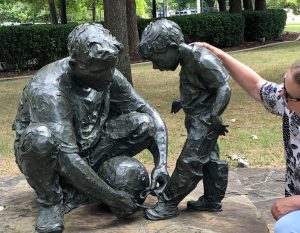
MS, Exceptional Student Education (Univ. of W. Florida) emphasis on Applied Behavior Analysis
MA, psychology (Grand Canyon University)
Bachelor of Arts (Northwest Nazarene University)
******************************************
Did you know every year many 1,000’s of parents teach their own children to READ? Many of them have used Alpha-Phonics because they have found it can easily be used to teach their children to read. Your Kids can make a lot of headway in only a couple of weeks with this proven program. Alpha-Phonics is easy to teach, is always effective and requires no special training for the Parent. It works ! And it is very inexpensive. You CAN DO it !! Follow the links below to know all about the time-tested (37 + years) Alpha-Phonics program
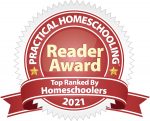
******************************************

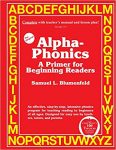
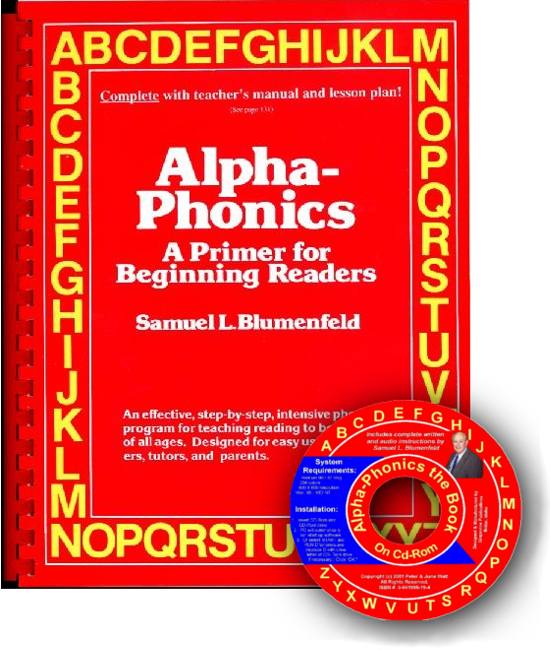 Alpha-Phonics
Alpha-Phonics The Alphabet Song!
The Alphabet Song! Water on the Floor
Water on the Floor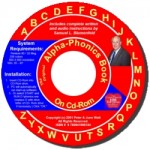 Alpha-Phonics the Book on CD Rom
Alpha-Phonics the Book on CD Rom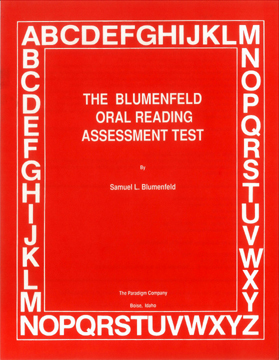 Blumenfeld Oral Reading Assessment Test
Blumenfeld Oral Reading Assessment Test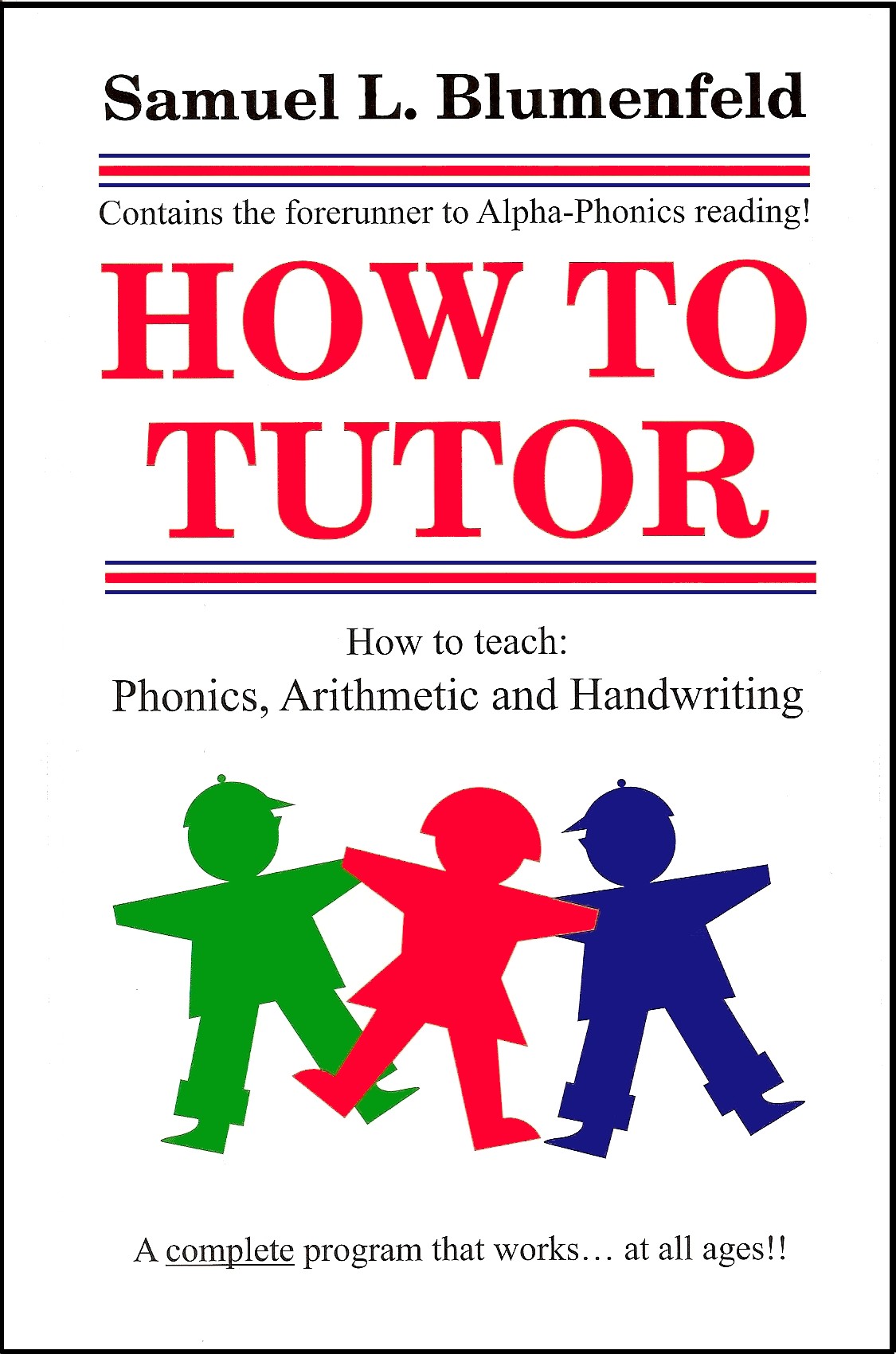 How To Tutor
How To Tutor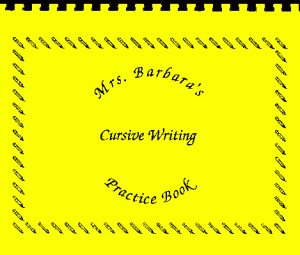 How To Tutor Cursive Handwriting Workbook
How To Tutor Cursive Handwriting Workbook